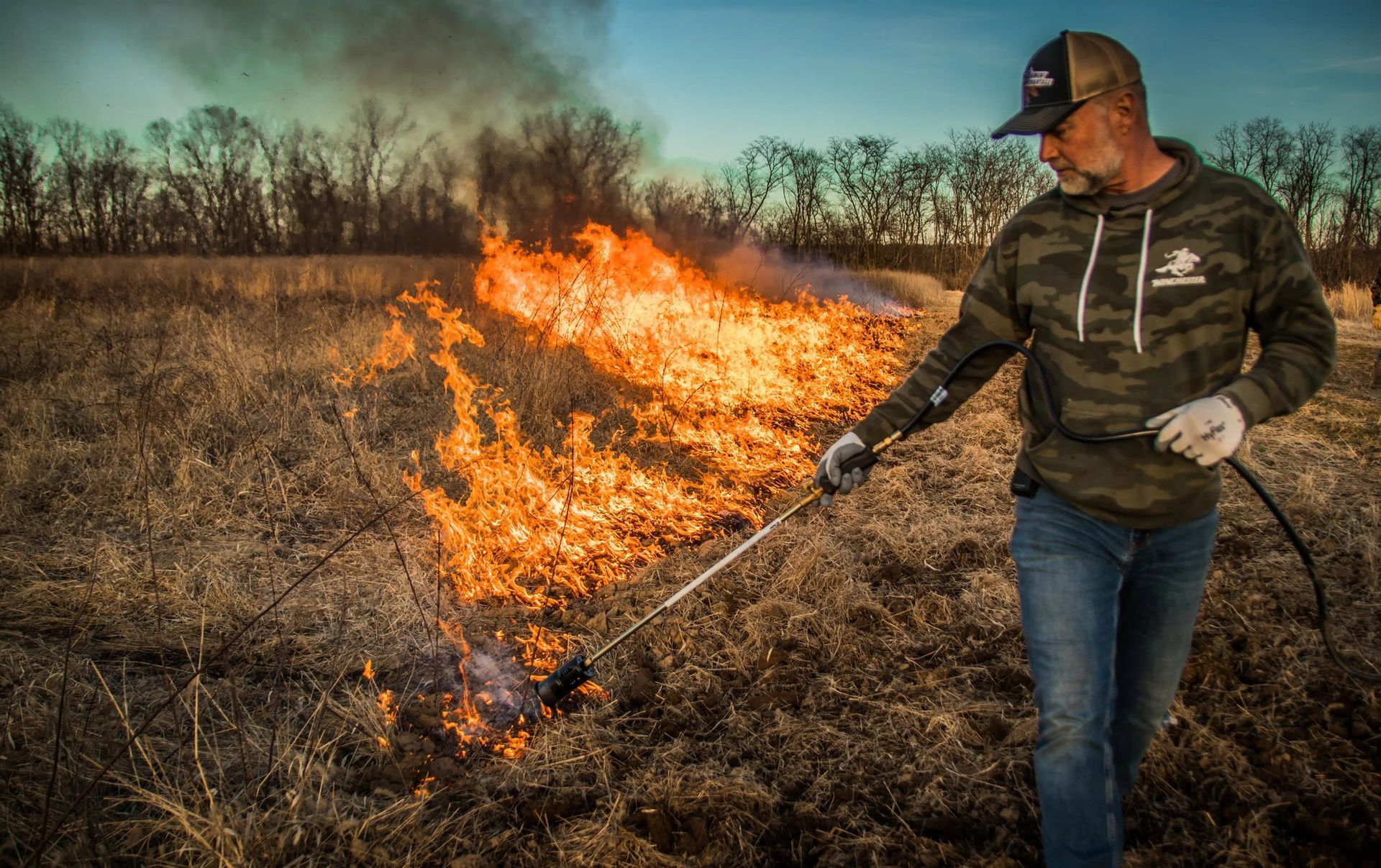How to Attract More Deer to Your Property: Tips for Landowners
Learn How to Enhance Your Land to Create the Perfect Habitat for Whitetail Deer Year-Round

How to Attract More Deer to Your Property: Tips for Landowners
For hunters, landowners, and wildlife enthusiasts, attracting more deer to your property is a top priority. Whether you’re looking to improve your hunting experience or simply create a healthier deer population, there are several strategies you can implement. In this article, we’ll cover effective ways to draw more deer to your land and keep them coming back year after year.
1. Create a Balanced Habitat
A balanced habitat provides everything deer need: food, water, cover, and space to roam. By improving your land’s natural resources, you’ll create an environment that attracts and retains deer.
- Food: Incorporate a variety of food sources, from natural browse like shrubs and saplings to supplemental food plots planted with clover, alfalfa, or corn. Planting diverse crops will provide deer with a range of options throughout the year.
- Cover: Deer need safe, quiet places to bed down and escape predators. Focus on thick, brushy areas or areas of dense timber to provide these sanctuaries.
- Water: A reliable water source, such as a pond, creek, or a strategically placed water trough, will draw deer in, especially during hot summer months or drought conditions.
2. Implement Strategic Food Plots
Food plots can attract deer from a distance and encourage them to spend more time on your land. However, food plots should be used thoughtfully to be effective.
- Location: Place your food plots in areas where deer naturally travel, like along game trails, near bedding areas, or near water sources. Be sure not to place them too close to your stand locations, as this could interfere with your hunting efforts.
- Diversity: Offer a variety of crops to cater to deer’s nutritional needs. For example, plant high-protein crops like clover during the spring and summer months, and drought-resistant crops like brassicas or turnips for late fall and winter.
- Rotation: Rotate crops each year to avoid soil depletion and maintain food availability for multiple seasons.
3. Focus on Timber and Forest Management
Deer thrive in forests with a mix of young and mature trees, as well as understory vegetation. Proper forest management is essential for creating the right kind of environment.
- Thinning: Periodically thinning timber will allow more sunlight to reach the forest floor, encouraging the growth of beneficial plants that deer love to feed on.
- Clearings: Create small clearings to allow the growth of native vegetation and make deer feel more comfortable browsing in the open.
- Prescribed Burns: In certain areas, controlled burns can help clear away excess vegetation, stimulate new growth, and enhance the natural habitat for deer.
4. Provide Mineral Licks and Supplements
Deer need minerals to maintain healthy bones, antlers, and overall health. Mineral licks and supplements can encourage deer to visit specific areas of your property.
- Salt and Minerals: Deer are naturally drawn to salt and mineral-rich areas. Set up mineral licks with salt, calcium, phosphorus, and other essential nutrients. Make sure to check your state’s regulations on mineral supplements to ensure you’re complying with legal hunting practices.
- Timing: Set up mineral licks in areas that are frequented by deer, especially during the early spring when they are recovering from winter and need extra nutrition for antler growth and reproduction.
5. Establish Effective Deer Trails and Movement Corridors
Deer like to feel safe and will avoid areas with excessive human activity or disruption. By providing safe and natural movement corridors, you can guide deer through your property in predictable patterns.
- Trail Creation: Use natural features such as ridgelines, water sources, or field edges to create safe travel routes for deer. If your land is fragmented, create deer-friendly paths that connect the different parts of your property.
- Minimize Human Activity: Limit your movement throughout your property, especially during hunting season, to avoid pressuring deer and making them wary. Focus on areas of your land where human presence is minimal, like back corners or secluded woodlots.
6. Keep Predators in Check
While predators are part of a natural ecosystem, an abundance of predators can have a negative impact on deer populations. Keeping predators in check is essential for maintaining a healthy deer herd.
- Monitor Predator Populations: Coyotes, bobcats, and other predators can take a toll on fawn survival rates. Monitor the predator population on your property and, if needed, take steps to control them.
- Trapping and Hunting: If legal in your area, trapping or hunting predators can help maintain balance on your land.
7. Minimize Disturbance During Critical Times
Deer are most active during dawn and dusk, so it’s essential to minimize human activity during these times. By being aware of deer habits, you can reduce disturbances and increase your chances of attracting them to your property.
- Avoid Overhunting: Excessive hunting pressure can push deer off your land. Establish hunting areas that allow deer to rest undisturbed and rotate hunting locations to avoid over-pressuring any particular area.
- Stealth: When entering and exiting your property, use quiet methods to avoid alarming deer. Consider walking quietly through the woods and staying out of sight whenever possible.
8. Make Use of Trail Cameras
Trail cameras are a great way to monitor deer movement and gather valuable information on the health and habits of the herd.
- Strategic Placement: Place trail cameras in high-traffic areas such as along trails, near food plots, or in feeding areas. Regularly check your cameras to track movement patterns and assess the health of the herd.
- Data Analysis: Use the data from your trail cameras to fine-tune your deer management strategy. If certain areas are getting more activity, consider expanding those features to attract more deer.
Conclusion
Attracting more deer to your property involves a combination of habitat management, thoughtful food plot strategies, and maintaining a healthy ecosystem. By taking the time to make your land more hospitable to deer, you’ll not only improve your hunting opportunities but also contribute to the overall health and sustainability of the deer population in your area. Keep in mind that deer are creatures of habit, and the more you can offer them, the more likely they’ll call your property home.



